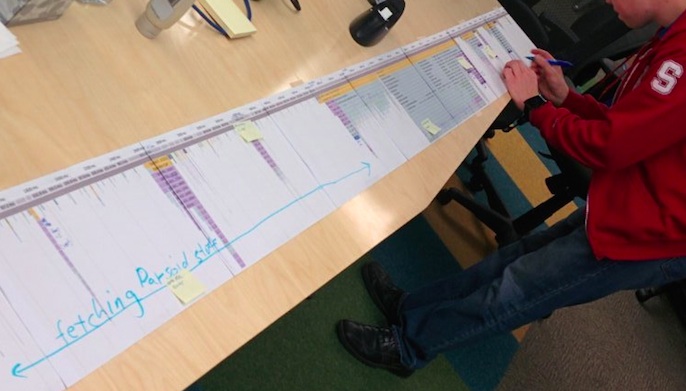Way back in Dec 2015, @maxogden wrote a nice guide on stabilizing your own video with ffmpeg. I return to it on occasion and have updated my gist comment to offer some updated commands. Since enough has changed regarding installation and use, I figure a new, spiffy, and working guide deserves a non-gist home.
Presenting the 2021-era guide to pretty easy DIY video stabilization!
On Mac OS, install ffmpeg and vidstab from homebrew:
1 2 | |
On linux, you can sudo make install.
Run stabilization in two passes
There are plenty of options for libvidstab, like shakiness, accuracy, smoothing. The defaults are good, but you may want to experiment. There’s even a visual diagnostic mode.
Assuming the source video is named clip.mkv…
1 2 3 4 5 6 | |
You now have a clip-stabilized.mkv!
Bonus: create a comparison video
Use the vstack or hstack filter, depending on if you want them stacked vertically or side-by-side:
1 2 3 4 5 | |
Double bonus: A two-liner that does everything (because repeating these filenames gets annoying)
1 2 | |
 Wikipedia eng team scrutinizing their performance millisecond by millisecond.
(Yes, it’s a long paper printout of the Chrome DevTools timeline flamechart :)
Wikipedia eng team scrutinizing their performance millisecond by millisecond.
(Yes, it’s a long paper printout of the Chrome DevTools timeline flamechart :)